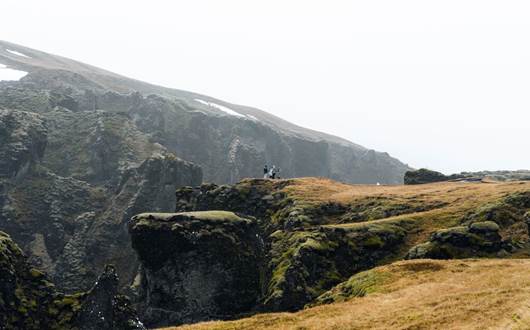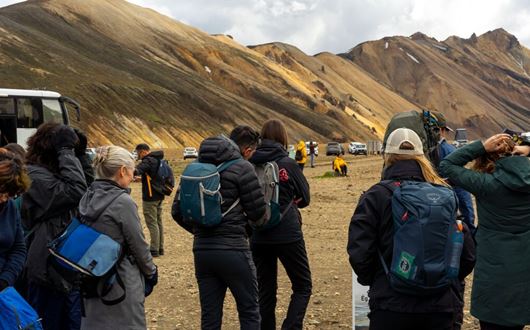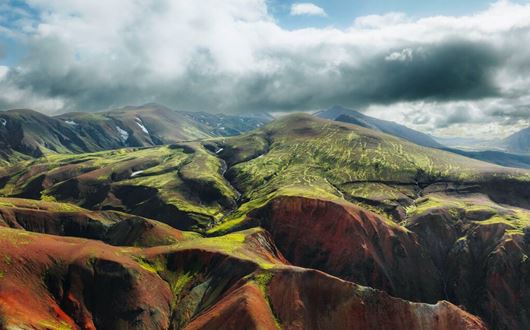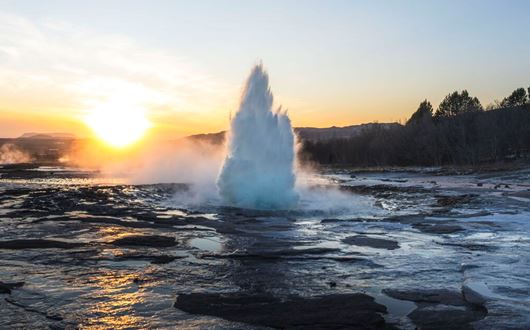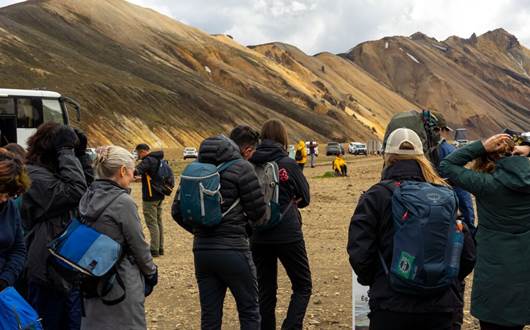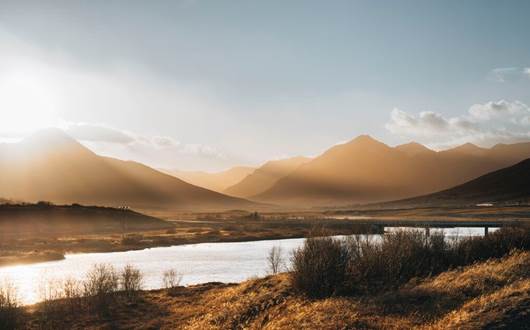FAQs
Is it a good time to go to Iceland in March?
Yes, March is a great time to visit Iceland, especially if you enjoy winter activities and fewer crowds. You'll experience an Icelandic winter but with milder weather and longer days.
Are there any restrictions or closures in March in Iceland?
Yes, the government in Iceland closes the F-roads leading to the Highlands during winter due to the dangers of snow and ice. Most main roads, including the Ring Road, are open, but conditions may vary, especially in rural or mountainous areas.
What should I know when traveling to Iceland in March?
When traveling to Iceland in March, random weather is the norm. Expect temperatures around 0°C (32°F), heavy rain, melting snow, and brisk northern winds—making warm layers a must. Also, with just 10 to 13 hours of daylight, plan your itinerary carefully to maximize sightseeing opportunities. On the bright side, the long nights offer a prime chance to catch the Northern Lights.
Is March a good time for budget travelers to visit Iceland?
Yes, March is an excellent time for budget travelers to visit Iceland. Since it’s off-season, you’ll find more affordable accommodations and tours due to the lower demand. Plus, with fewer tourists, you’ll have a better chance to experience Iceland’s highlights without the crowds.
How cold is Iceland in March?
Iceland can get as cold as 0 °C (32 °F) in March; however, the temperatures differ in other parts of the island. The northern region experiences colds of -3 °C (26.6 °F), while the south deals with lows of 1 °C (33.8 °F). The temperature in Reykjavík can go down to -1 °C (30.2 °F).
How many hours of daylight in Iceland in March?
Icelandic March gets around 11.5 hours of daylight on average. The 1st sees around 10 hours of daylight. As the month progresses, the hours increase, evening out with the darker period. On the 31st, the amount increases to 13 hours.
How to dress in Iceland in March?
It’s crucial to dress in insulating and waterproof clothes in March, as one minute might be rainy, the other windy. The base, middle, and outer layers should be breathable and weather-resistant. It’s the muddiest season, so don’t wear denim or cotton on sightseeing trips.
Can I wear jeans in Iceland in March?
You can wear jeans in Iceland’s towns, but we don’t suggest them for activities and sightseeing. Denim provides limited protection from the elements and can get easily wet and dirty. Instead, wear windproof and water-resistant pants, as they protect from harsh weather conditions.
Are roads open in Iceland in March?
Yes, most main roads in Iceland are open, including Route 1, which circles the island. However, F-roads to the Highlands remain closed until summer due to unsafe conditions. Some roads may also be temporarily restricted if weather conditions make driving dangerous.
Can you drive in Iceland in March?
Yes, you can drive in Iceland in March with a valid driver’s license, and rental cars are available throughout the year. Route 1, also known as the Ring Road, stays open year-round, allowing you to drive around Iceland. However, certain sections may temporarily close due to hazardous conditions, and access to the Highlands remains restricted as F-roads stay closed until summer.
Is it safe to drive in Iceland in March?
Yes, driving in Iceland in March is generally safe, but it requires caution due to changing road conditions. Snow, ice, and rain can create slippery surfaces, especially on mountain passes and remote roads. Even experienced drivers should stay alert, follow speed limits, and avoid sudden maneuvers. Checking road conditions and weather forecasts before setting out is essential for a smooth and safe journey.
Can you see the Northern Lights in Iceland in March?
Yes, you can see the Northern Lights in Iceland in March because the nights are still long enough for aurora activity. With 11 to 14 hours of darkness, the conditions remain favorable; visibility depends on clear skies and solar activity. March weather can change throughout the day, so checking the aurora forecast and heading away from city lights improves your chances.
Can you ski in Iceland in March?
Yes, you can ski in Iceland in March, as the season runs from November to May. While not as famous as European ski destinations, Iceland’s slopes offer stunning views of the ocean and the Highlands. The best skiing is in the north, with Hliðarfjall in Akureyri being the top resort.
Can you swim in Iceland in March?
Yes, you can swim in some bodies of water in Iceland during March. Hot springs and geothermal pools like the Blue and Secret Lagoons provide a lovely warm retreat from the cold Icelandic weather. Alternatively, Silfra Fissure gives snorkelers and divers an underwater glimpse of the tectonic divide.
Can you see puffins in Iceland in March?
No, you’re unlikely to see puffins in Iceland in March, as they return to breed in early May. Some may arrive as early as late April, but March is still too chilly for them. These seabirds spend winter at sea, only coming ashore when conditions improve.
Is February or March better to visit Iceland?
March is better for visiting Iceland if you want longer daylight hours and the chance to experience early spring activities like wildlife tours and boat trips. The weather starts to shift, making some areas more accessible. Conversely, Icelandic February is colder, with more snow, better conditions for glacier activities, and longer nights for Northern Lights viewing. It’s also the best time to visit natural ice caves before they start melting.
Is Iceland snowy in March?
Yes, Iceland is still snowy in March. Despite the arrival of spring, snow continues to fall throughout the month, often mixed with wind and rain. Snow is more frequent in the north and Highlands, while the south experiences a mix of snow and rain, making roads slippery.
Does it rain a lot in Iceland in March?
Yes, March is one of Iceland’s wettest months, so it rains a lot, with around 82 mm (3.2 in) of precipitation. The type of precipitation depends on temperature—below freezing, snowfall is more common, while above it, rainstorms occur. The south tends to get more rain than the north.
What are the popular attractions to visit in Iceland in March?
Popular attractions to visit in Iceland in March include the stunning waterfalls of the South Coast, such as Seljalandsfoss and Skogafoss, as well as the breathtaking landscapes of the Snæfellsnes Peninsula. The Golden Circle remains a top choice, with Geysir, Gullfoss waterfall, and Þingvellir National Park easily accessible year-round. Natural ice caves are also open for exploration before many become inaccessible in the spring.
What are the popular winter sports and activities in Iceland in March?
March is ideal for glacier hiking and exploring ice caves, as the ice starts to glisten in shades of blue. The month also marks the whales' return, making it an excellent month for whale-watching, where you can spot humpback and minke whales. Snowmobiling remains a favorite activity among the guides, as the evening views of icy landscapes make for a surreal experience.
